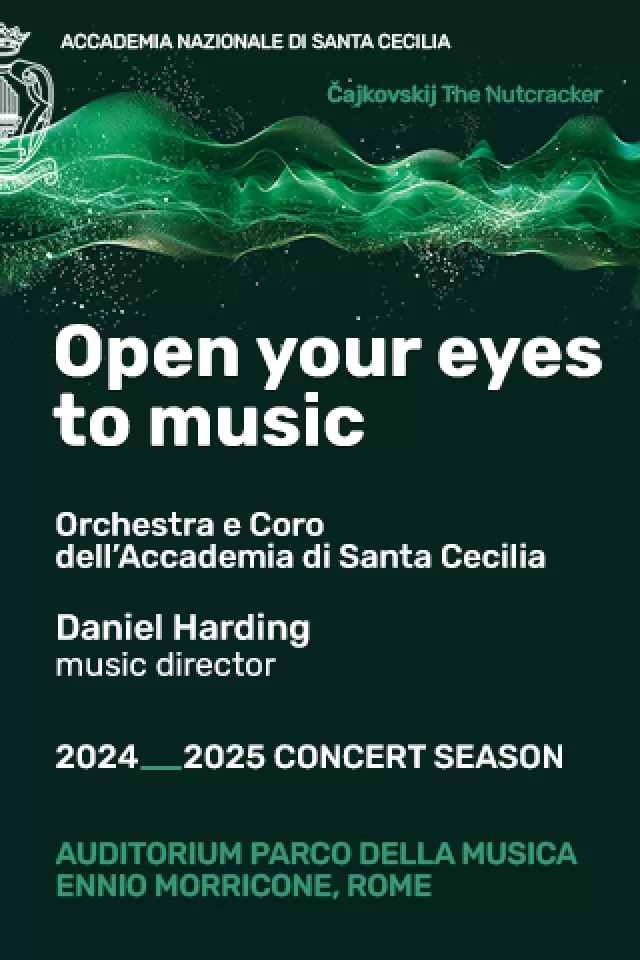Regional elections test the national pulse.
Italy goes to the polls on 3 and 4 April when almost 42 million Italians, or 80 per cent of the electorate, will choose assemblies for 14 out of the 20 regions. This will be the last big test before next years general election, a real dress rehearsal for judgement on five years of Silvio Berlusconi.
As ever, it is the national issues that will take centre stage rather than the regional questions that Aprils winners will actually have to address. Top of the list are the state of Italys economic health and the war in Iraq.
After four years of slow economic growth, inflation and modest hopes, Berlusconis centre-right Casa delle Libert coalition should be in trouble on the first score. The latest report from the research institute Eurispes reckoned that inflation has reached 23 per cent since Berlusconi came into office. Big firms like Fiat and Alitalia are in difficulty (not to mention the collapse of Parmalat towards the end of 2003) and medium-sized manufacturers are feeling the effects of a strong euro and increasing competition from China.
Abroad, despite the apparent success of last months elections in Iraq, the position of the Italian government is hardly rosy: one soldier was killed in January and a journalist was kidnapped this month. The minister of defence Antonio Martino would like to see the troops out by the end of the year, but certainly not before the regional elections.
From an organisational point of view, the centre-right has problems with the usual divisions between the Lega Nord and the rest of the coalition. This could have serious consequences in all the northern regions if the Lega splits the centre-right vote. In other parts of the country Alessandra Mussolini is competing against the Alleanza Nazionale (AN). She formed her own party, Libert di Azione, last year when ANs leader Gianfranco Fini finally took the step of condemning Mussolinis grandfather, Benito, for his persecution of the Jews.
With the centre-rights difficulties, these elections should be a walkover for a centre-left coalition revitalised by Romano Prodis return to Italian politics from the presidency of the European Commission, but as ever, nothing is quite that simple. The centre-left has its divisions too and despite a workmanlike congress of the main party, the Democratici di Sinistra, in early February, there is still a lack of unity of purpose and programme.
The debate over primary elections or primaries illustrates the centre-lefts self-wounding contortions. Prodi is the undisputed leader of the coalition but after being stabbed in the back by his government allies and ousted from the premiership in 1998, he wants full popular confirmation. Hence the idea of holding American-style primaries to choose the centre-lefts prime ministerial candidate and give Prodi legitimacy. When the leader of Rifondazione Comunista, Fausto Bertinotti, said that he would stand against Prodi, and some local parties started choosing candidates, there were unbelieving gulps from what is now called lUnione (the new name for the short-lived Grande Alleanza Democratica, previously the Ulivo) and the idea was put on the back burner. In any case, no one has decided exactly who should vote in the primaries or with what system. This, and the lack of a clear and simple manifesto, means that for the moment lUnione campaigns with a handicap.
Although part of the fight is over the percentage that parties will take at the national level, what is really at stake is the control of regional governments. Eight of the regions going to election have centre-right presidents and six have centre-left ones. There are real regional issues to be discussed. The health service is the regions responsibility with costs and services differing widely from region to region. Business support and planning are also keenly-felt powers of regional governments. In Lazio, the ANs Francesco Storace won by a small margin in 2000 but both the city and the province of Rome are governed by centre-left politicians. Like some other presidents seeking re-election, Storace is leading his own Lista Storace rather than an explicitly Casa delle Libert coalition. He has had five high-profile years and is reputed to be spending e5 million on the election campaign, the most in the country, while his opponent on the left, television journalist Piero Marrazzo, is estimated to be spending e3 million. It is likely to be a close race and the performance of Mussolini could be crucial to the outcome as she is hoping to take up to three per cent of the vote.
Berlusconi tried to prevent the regional presidents from having their own list of candidates but after putting his own name and face on almost every single piece of publicity in 2000, it would have been comic to prohibit others from doing the same. Personalities dominate these elections and Il Venerdi supplement of La Repubblica newspaper declared that ideology is dead. Italy seems to be following other parts of Europe where if you dont look for the party symbol, it is not clear which side the candidates are on.
Nationally, though, ideology is far from dead: Berlusconi started his campaign in an old-fashioned way with a leaf from United States president George W Bushs book (and one of his own favourites). He attacked the communists and proclaimed that the centre-left was evil and his own coalition good.
Whether it is prescription charges or heaven and hell, Italians will learn all about them from a deluge of traditional electioneering paper and speeches in squares and (slightly) more modern talk shows, SMS and star testimonials for the next six weeks.
The Casa delle Libert alliance is made up of: Forza Italia, Alleanza Nazionale, Unione dei Democratici Cristiani, Nuovo PSI and Lega Nord.
LUnione is made up of: Democratici di Sinistra, Margherita, Verdi, Socialisti Democratici Italiani, Rifondazione Comunista, Partito dei Comunisti Italiani, Repubblicani Europei, Alleanza Popolare-Udeur and Italia dei Valori-Di Pietro.




















